Let me start with a confession. I learned how game patches change esports strategies the hard way—right after a mid-season update deleted my team’s best comp overnight. Poof. Gone. In my experience, when a patch drops, it’s like the game hands you new homework and hides your notes. The “meta” (what everyone’s playing to win), the buff-and-nerf circus, the builds, even pick/ban phases—everything slides around.
You want simple? Think of it like this: the devs move a few numbers in the patch notes, and suddenly your comfort picks don’t “comfort” anymore. People panic. Coaches pretend not to. The bravest teams scrap their playbook and adapt. The rest stall out. That’s the short version. There’s more, a lot more—win rates, hero pools, scrim chaos, map changes, item tweaks, economy shifts, all of it swirling into one big lesson: learn fast or enjoy your lower bracket.
What a Patch Actually Does (Besides Ruin Your Weekend)
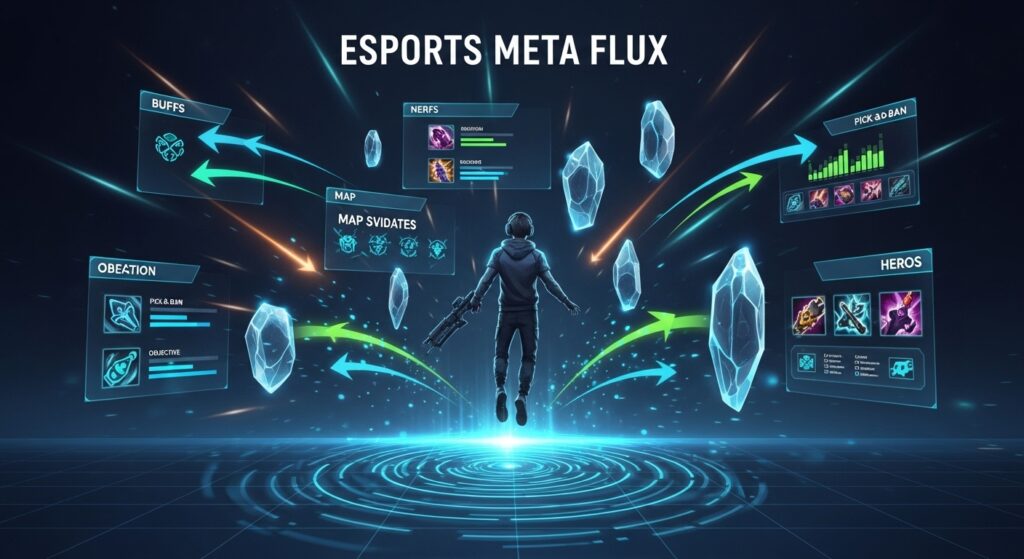
I’ve always found that the simplest way to explain a patch to new players is this: it changes rules mid-season, like moving the soccer goalposts in the second half. Buffs (stronger), nerfs (weaker), hotfixes (panic repairs), bug fixes (sometimes make new bugs), map updates, item reworks, new agents or operators—any one of these can flip your playstyle. When devs tweak cooldowns, recoil, hitboxes, ult costs, or gold/credit economy, they don’t just adjust numbers. They mess with habits. And habits drive strategies.
Secondary keywords you’re probably already living with if you watch esports: patch notes, meta shifts, composition swaps, pick and ban, power spikes, macro play, micro mechanics, map control, rotations, scrim routines, VOD review, data-driven drafting, hero pool management, item builds, objective timing, economy management, counter play. Yes, it’s a lot. No, you don’t need a PhD. You just need to notice what changed and hit the practice server like it owes you money.
Patch Notes: The Most Dangerous Bedtime Reading
I used to treat patch notes like a bedtime story. Then I learned they’re more like a fire alarm. Coaches and analysts (the honest ones) will tell you: we first read, then test, then panic, then test again. Some changes look tiny but punch hard. A 0.5 second extra cooldown on a must-pick ability? That’s draft shaking. A small recoil tweak on a rifle? That’s a whole pro team re-learning spray patterns. If you’ve never watched a player stare at a wall for an hour just to feel the new recoil, welcome to esports.
In my team rooms, we create a quick “Patch Impact List.” It’s just a messy doc with four columns: What changed. Why it matters. What to test. Who’s on it. Nothing fancy. But it keeps us out of arguments that go nowhere.
How Teams Actually React (Without Pretending to Be Robots)
- Day 1-2: Theory crafting. Everyone’s loud. Scrims feel like a science fair with yelling.
- Day 3-5: Testing comps, builds, agent combos. Pro read-throughs. Some VOD review. Pain. A lot of “this felt bad.”
- Day 6-7: Lock a version. Not perfect. Playable. Pray the next hotfix doesn’t blow it up.
By the way, if you ever wonder why teams sometimes look lost on broadcast right after a patch, it’s because they are. The practice schedule gets nuked. Scrim partners hide their best stuff. The meta is a fog machine.
Metagaming: The Invisible Chess Board
The meta is the “best way to win right now,” and it shifts with every balance change. Whole tournaments are decided by who reads the meta early. That’s metagaming in a nutshell: not just playing the game, but playing the other players who are playing the game.
Three Patch Phases I See Again and Again
Phase 1: Chaos (aka The Buffet)
Everyone tries everything. Weird picks. Off-meta builds. Sneaky map routes. Win rates lie to you this week because opponents aren’t ready. The brave teams grab free wins with surprise comps. The scared ones copy streams and pray.
Phase 2: Convergence
People figure out what works. Drafts stabilize. Pick/ban becomes predictable again. Analysts build counter trees. Scrims look normal, finally. You can feel the air get lighter. This is my favorite week for data because signal beats noise.
Phase 3: Exploitation
Top teams squeeze the patch dry. They abuse timings, power spikes, map control advantages, economy windows. The devs watch, take notes, and set up the next patch. Circle of life. But with patch notes.
Pick/Ban and Drafting: The Butterfly Effect in Action
One ability cooldown gets nerfed? Suddenly your #1 first-pick is now a flex pick or even a ban. I’ve watched a patch demote a hero from S-tier to “maybe fourth rotation if we’re desperate.” That forces fresh comps, different lanes, or new agent combos. Drafting becomes a memory test plus poker. You track what your opponents can and can’t play post-patch, then weaponize that knowledge.
Hero Pools, Agents, Operators: The Human Side
Players are not robots. Some champs or agents are “comfort,” and that matters. If a patch hits your comfort pick, your confidence dips. Coaches worth their salt keep a “shadow pool”—a set of live-service-ready picks for each player in case of sudden nerfs. I’ve sat in rooms where we say, “Okay, we shelve that agent for two weeks, but we bootcamp this other one 30 games minimum.” It’s not glamorous. It works.
Examples Across Games (Because Specifics Beat Vibes)
| Game | Patch Change | Immediate Strategy Shift | What Pros Actually Did |
|---|---|---|---|
| MOBA (LoL/Dota) | Jungle XP reduced; key item cost +200 | Slower power spikes; delayed objective fights | Played safer early; lane prio > risky invades; drafted scaling mids |
| Tactical FPS (CS/VAL) | Rifle recoil slightly adjusted; utility price +50 | Gunfight ranges changed; economy tighter | Re-learned spraying; saved more on half-buys; leaned into utility discipline |
| Hero Shooter (OW) | Main tank HP -50; support self-heal buffed | Frontline weaker; sustain comps better | Swapped to poke comps; protected supports; slower engages |
| BR (Fortnite/Apex) | Movement nerf; new mobility item added | Rotations shift; third-party windows change | Rotated earlier; held high ground; practiced timing on new item |
Micro vs. Macro: Two Levers Patches Always Pull
Micro (Your Hands)
- Recoil, spread, ADS speed: You aim different. You take new angles. You stop peeking that corner.
- Cast times, hitboxes, animation cancels: Your combos shift. Fewer all-ins. More trades.
- Cooldowns and energy costs: You can’t spam anymore. You bait more. You save big ults for real fights.
Macro (Your Brain)
- Map control: A small timing change pushes teams to rotate earlier. Or later. Domino effect.
- Economy: If rifles cost more, half-buy rounds become real strategy, not just cope.
- Objective windows: Dragons, Barons, sites, payloads—patches change how risky those calls feel.
Here’s where it gets tricky. Micro changes force macro changes even if you don’t want them. You can’t keep rushing B just because your heart wants to. The numbers say otherwise. And they’re rude about it.
My Patch Week Routine (Unpretty, But Real)
I’ll share my not-so-secret sauce. It’s not fancy. It’s relentless.
- Day 1: Read patch notes out loud. Yes, out loud. It slows you down and you catch more stuff. Tag everything: buff, nerf, rework, bug fix, map, economy, items.
- Day 1 PM: Build a hit list. Top 5 changes that will show up in pro drafts or site executes. Assign each to a player or analyst.
- Day 2: Lab hours. Sandbox. Aim trainers. Custom lobbies. Recreate common fights. No ranked ego trips yet.
- Day 3: Controlled scrims. Tell partners your goals. “We’re testing X comp mid-game,” not “we want to farm ego.”
- Day 4: VOD + data. Heat maps, damage timing, economy loss per round, objective timing changes. Keep it simple: what actually looked better?
- Day 5: Draft workshop. Run mock pick/bans. Force bad scenarios to see if the comp breaks.
- Day 6: Ladder stress test. Bring the patch plan into chaos. If it holds up against the random ladder, it’s probably resilient on stage.
- Day 7: Final pass. Cut the weak ideas even if you love them. Patch gods don’t care about your feelings.
One Time a Patch Ate My Tournament Prep
Story time. Years back, we prepped a whole playoff around early-game dive comps. Then a mid-week hotfix nerfed our dive engage tool by 10%. Ten. Percent. Doesn’t sound bad. It nuked our timing window. We discovered at 11 PM on a Thursday that our bread-and-butter fight took two extra seconds to set up, and those two seconds gave the enemy support a free rotation. Good night, sweet lead. We stayed up all night rebuilding: swapped to scaling, banned two comfort counters, ran double peel. Won 3-2. Ugly win. But a patch win tastes different. Like you outsmarted the patch itself.
Data Is Your Friend, But Not Your Boss
People worship win rate charts after patches. I get it. Numbers feel safe. In my experience, early patch data lies the most. Sample sizes are tiny. Opponents aren’t ready. Scrim culture hides good stuff. So, I use data as a bouncer, not a king. It keeps the worst ideas out. It doesn’t pick the set list.
| Metric | Why It Helps | How I Use It | Trap to Avoid |
|---|---|---|---|
| Pick/Ban Rate | Shows fear/respect for a hero/agent | Prioritize prep vs. high-ban threats | Assuming banned = broken. Sometimes it’s just annoying. |
| Win Rate | Basic success check | Only trust after Week 2; weight by opponent | Overreacting to 54% on Day 1; it’s noise |
| Damage/Utility per Round | Tracks value from skills and nades | Finds underused kits after buffs | Ignoring role context; supports look “low” by design |
| Economy Efficiency | Spending vs. round win odds | Refine buy calls; reduce “hero buys” | Forgetting map-side bias and loss bonus rules |
| Objective Timings | When teams commit | Plan counters; set up earlier vision/utility | Assuming everyone rotates the same after week one |
Why Some Teams Handle Patches Better
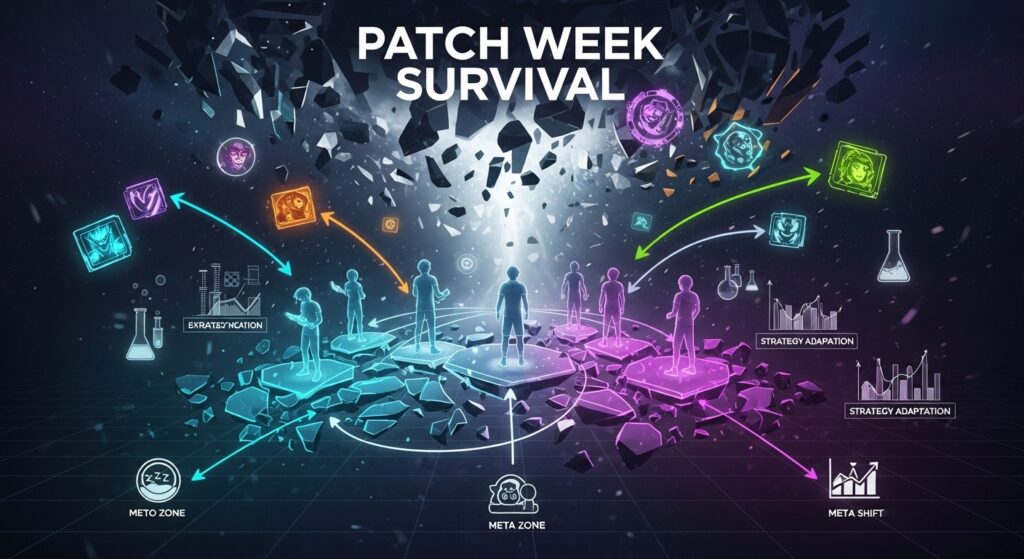
- Deep hero pools. Not five champs. Fifteen. Across roles.
- Coaches who kill pet strats fast. No attachment. Only outcomes.
- Players who love labs. Tinkerers win patch weeks.
- Communication that cuts fluff. “This felt bad because X.”
- In-house culture that laughs at chaos. If you can’t joke mid-panic, you’ll freeze.
What I think is underrated: leadership that protects sleep. Patch week turns gamers into gremlins. Coaches who build 90-minute nap windows? Secret OP.
Casual Ladder vs. Pro Play After a Patch
Ladder meta isn’t stage meta. On ladder, people chase comfort picks and funny clips. On stage, teams chase stable advantages over series. So if your favorite streamer says a hero is broken after three games—cool. Not gospel. Pro scrims are different. Coordination multiplies buffs. Bad communication multiplies nerfs. Some picks go from “trash solo queue” to “must ban in playoffs” just because pro macro makes them sing.
Item Builds and Timing Windows
When item costs or stats change, builds shift. A 200-gold bump can delay a power spike by minutes. That’s huge. It means you fight later, or you play for stacked objectives, or you bait earlier because the enemy thinks you’re weak. High-level teams obsess over these tiny windows. Casuals miss them and wonder why they keep losing 4v4s “we usually win.” Patch did that, friend. Patch and a stopwatch.
If You’re a Player, Do This Next Patch
- Skim patch notes, then re-read the top 10 changes slowly. Say them out loud. Yes, I’m still that guy.
- Pick two new heroes/agents to learn. Not five. Two. Build a mini-pool for the new meta.
- Run customs to test recoil, damage breakpoints, skill ranges. Don’t trust your memory.
- Change your hotkeys or sensitivity if the patch messed with feel. Comfort matters.
- Record games. VOD review alone beats 20 unthinking matches.
- Find partners to scrim, even if it’s chill. Structure beats chaos in patch week.
How Coaches and Analysts Should Navigate Patch Weeks
- Define a thesis. “This patch favors scaling.” Or “Utility is king.” Then try to break it.
- Split testing. Different players try different builds. Compare notes fast.
- Draft trees. Map picks by opponent and by side. Include emergency bans.
- Short feedback loops. 10-minute huddles > one long lecture.
- Kill sunk cost. If it doesn’t win scrims by Day 4, move on.
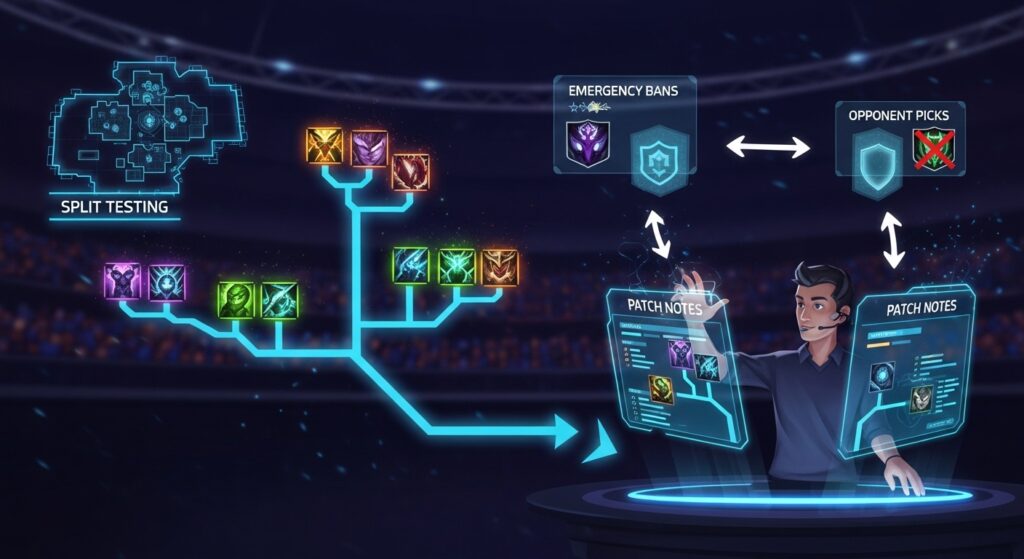
Patch Culture: The Good, The Bad, The Comedy
Do I love patches? Yes. They keep games alive. Do I curse them? Also yes. Nothing like practicing a retake for six weeks and then the map changes a box height by 10 pixels. Thank you, design team. Sincerely. But also. Why.
I’ve been writing about this stuff for years, breaking down meta shifts and how teams adapt. If you like long breakdowns and me yelling at graphs, you can find more on my author page. I post messy thoughts there. Real ones.
Mini Cheat Sheet: What Changes Trigger Which Strategy Tweaks
| Change Type | Common Tweak | Draft Impact | Practice Focus |
|---|---|---|---|
| Buff to Poke/Range | Slower fights, more chip damage | More disengage tools; fewer hard dive picks | Spacing, patience, cooldown trades |
| Nerf to Engage | Less forcing, more baiting | Flex picks rise; peel supports gain value | Counter-engage timing, vision control |
| Economy Tightened | More save rounds, conservative buys | Agents with cheap impact prioritized | Utility efficiency, mid-round calls |
| Map Geometry Tweaks | Altered default setups; new off-angles | Defender/attacker bias shifts picks | Walkthroughs, executes from spawn |
| Key Item Cost Changes | Delayed spikes; pathing changes | Scaling comps get more common | Gold/credit tracking, stall strategies |
The People Part (aka Why This Is Fun)
I like seeing which teams thrive when everything is on fire. It’s a personality test disguised as a balance pass. Some players are patch-proof. They love learning. They swap roles or agents without drama. Others need structure and time. Good leaders design around both. You don’t force a mechanics demon into macro babysitting because a changelog said so. You build a comp that lets them feast anyway.
On “Copying the Winners”
Every week someone asks me if they should just copy whatever the top team ran on stream. My answer: yes, and no. Copy to learn the why. Then modify for your roster. Your players aren’t theirs. Your comms aren’t theirs. Your scrim habits aren’t theirs. What works on paper dies in a lobby without reps.
Random Things Patches Change That People Forget
- Audio cues. New sounds = new timing tells.
- Vision breaks. Tiny prop moves change sightlines.
- UI tweaks. Cooldown trackers, economy displays—can mess with instinct.
- Bug fixes. They sometimes remove your unspoken “tech.” Oops.
- Travel speed of projectiles. Barely mentioned, totally huge.
So, Yeah, Patches Rewrite the Game
I won’t pretend I always love it. I don’t. But it keeps esports fresh, forces brains on, and separates teams who grind smart from teams who grind loud. If you asked me straight up how game patches change esports strategies, I’d say they make you let go. Of sacred cows. Of comfort picks. Of egos. And lean into curiosity. The patch is a puzzle. Solve it before someone else does.
Last Thought Before I Go Re-Read Patch Notes Again
I’ve been in this space over a decade. The lesson hasn’t changed. Mechanics come and go. Builds rise and fall. Patches shift under your feet. The teams that laugh, test, and share honest feedback? They live. The rest keep tweeting about “unplayable” while getting 0-2’d. Anyway. Time to lab another recoil tweak. My poor mouse.
FAQs (because my DMs explode every patch week)
- Do pro teams scrim the same day a patch drops?: Usually, yeah. Light testing first, then scrims. Good teams set goals for those scrims so it’s not chaos.
- Should I switch my main after a nerf?: Not instantly. Test. If your pick still hits key breakpoints, keep it. If not, build a small backup pool.
- Why do win rates lie right after a patch?: Tiny samples, weird drafts, and everyone’s experimenting. Wait a week before you trust anything.
- Is copying pro builds smart after a patch?: It’s fine to start there. But tweak for your rank, teammates, and comfort. Don’t force what you can’t execute.
- How do I find the new meta fast?: Read patch notes, watch early scrims or pro streams, and run customs to test breakpoints. Then commit to a plan for a few days.
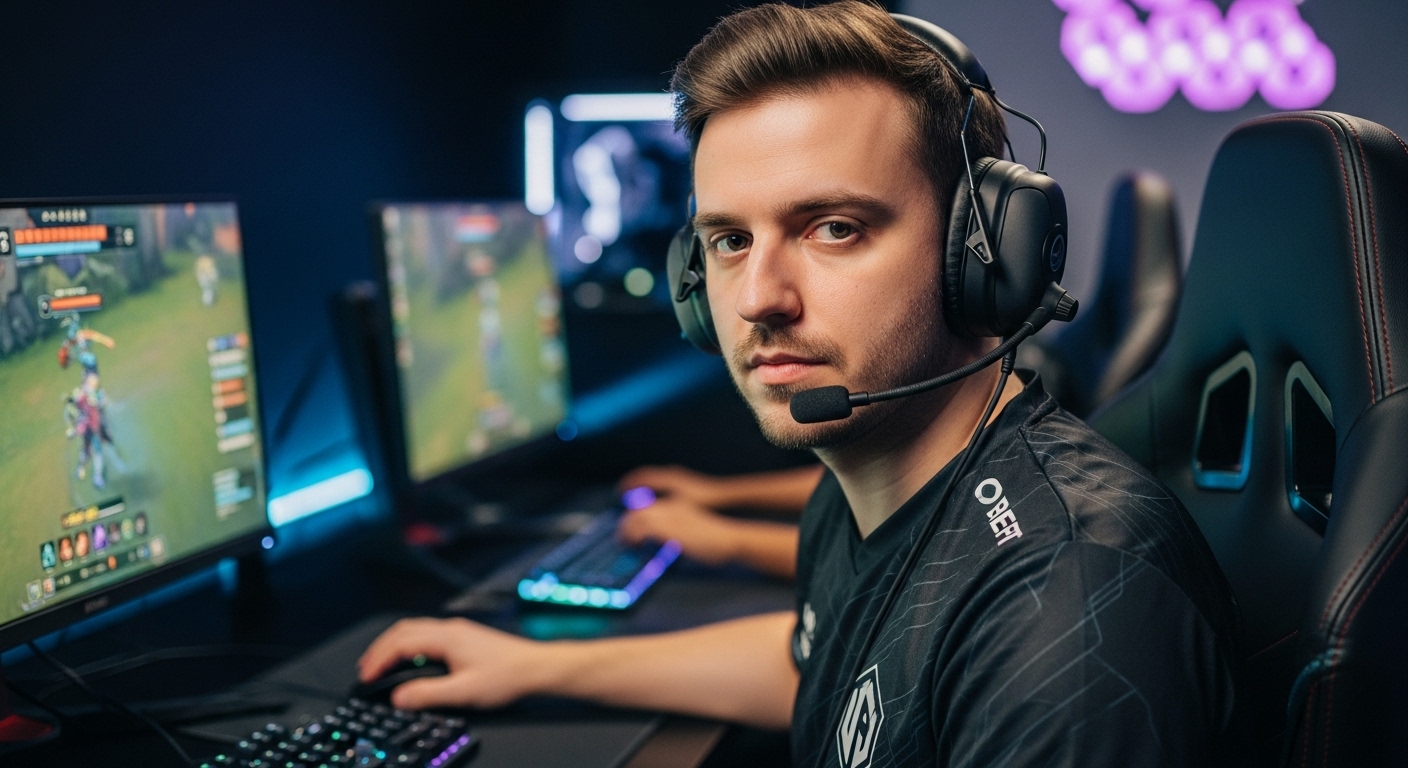
John | Your source for Esports, Battle Royale, Role-Playing, Retro Games, and Gaming Gear. Let’s Enjoy!

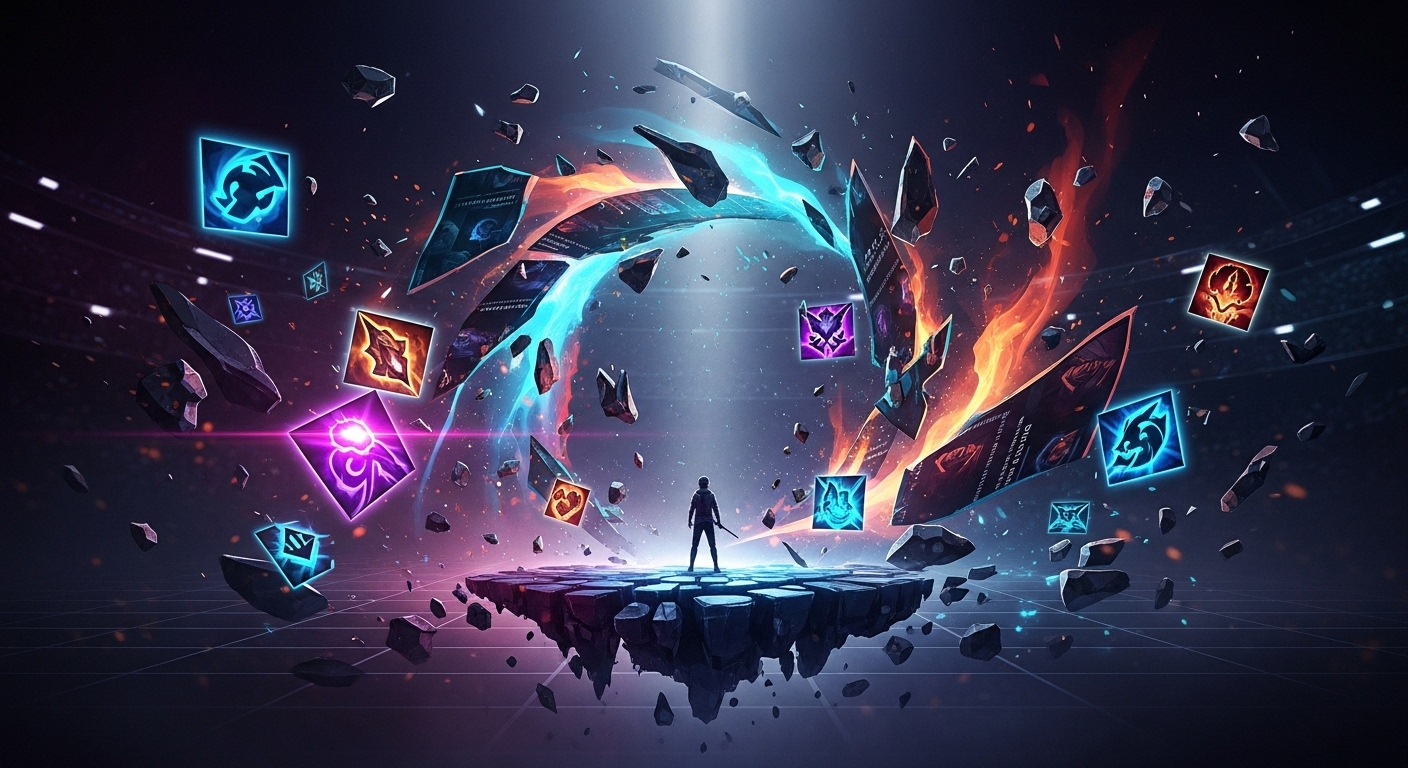
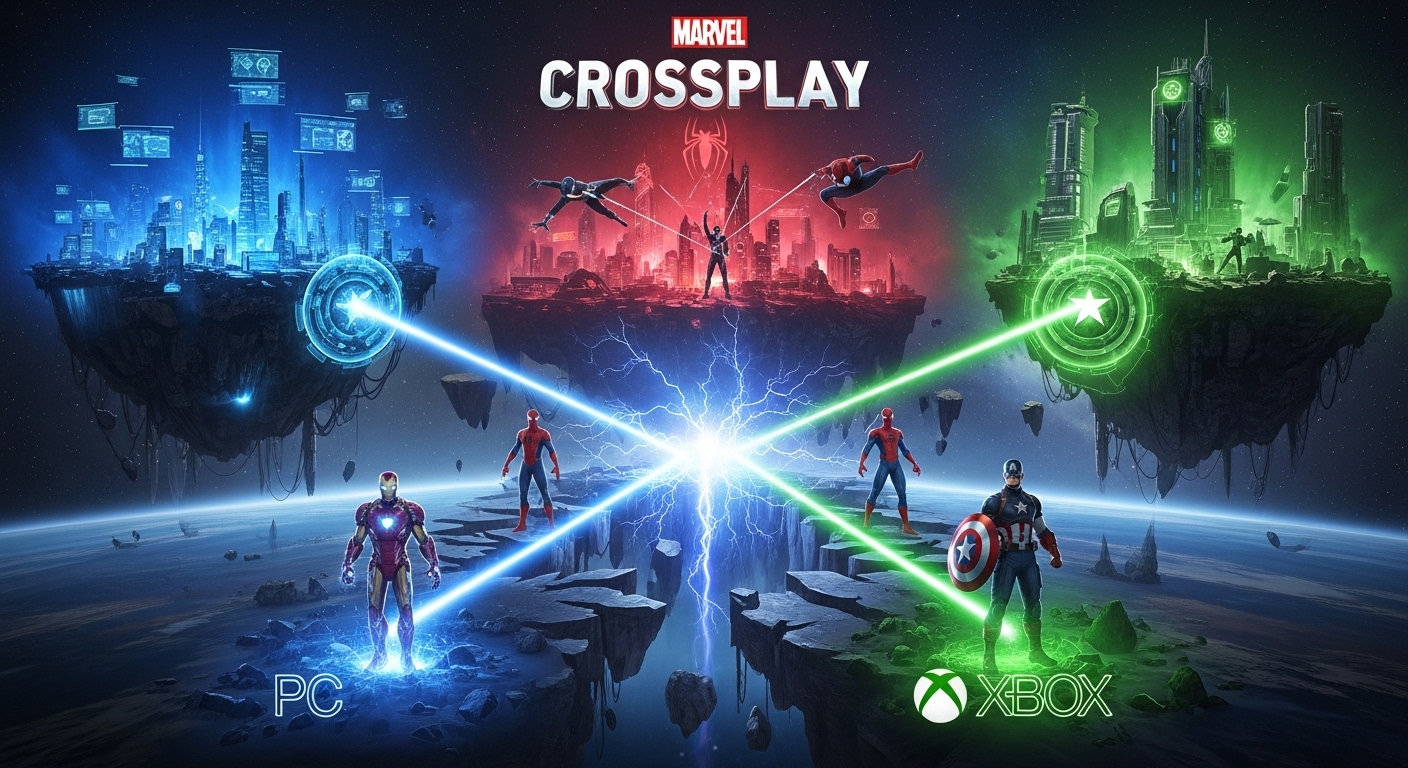

Patching keeps us on our toes. Meta shifts are part of the game! Adapt or get left behind.
Patches be like shaking a snow globe – sudden chaos before the beauty settles in. Time to adapt!
Patches hit harder than my alarm clock. Time to adapt or get left behind.
Who knew a game patch could cause so much chaos? Always adapting is key to survive in the esports world!
I feel the panic of adapting to new patches in gaming, but it’s all part of the fun!
Panic Mode: Patch notes unleash chaos in esports strategies, forcing rapid adaptation and relearning. It’s a wild ride.
Love the analogy of patch notes as a fire alarm – so true in esports! Adapt or get left behind.
How do you prioritize what changes to tackle first after a patch drops?